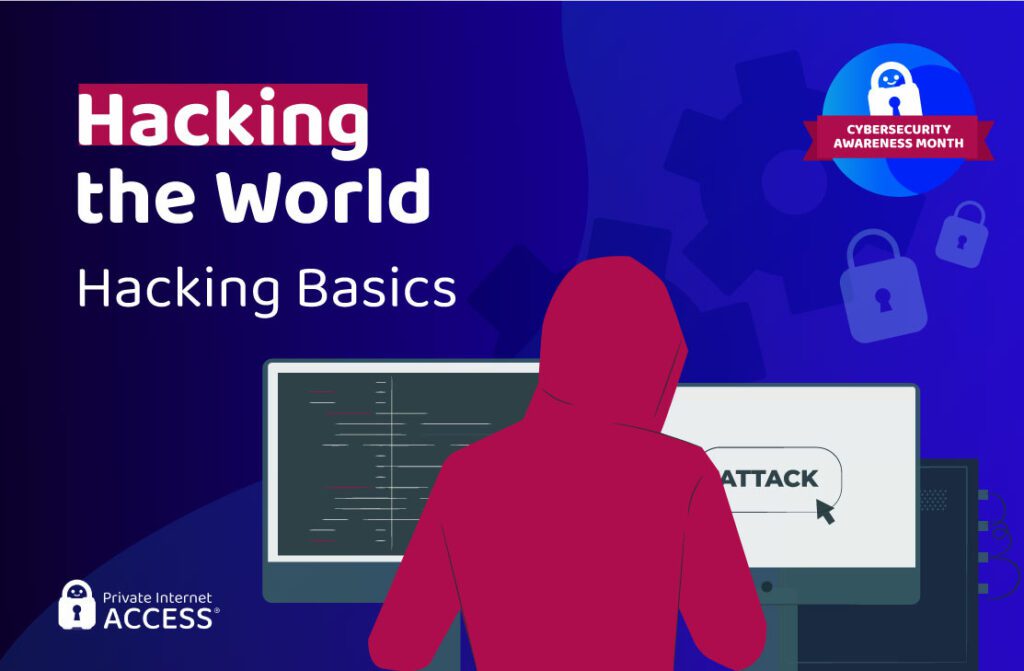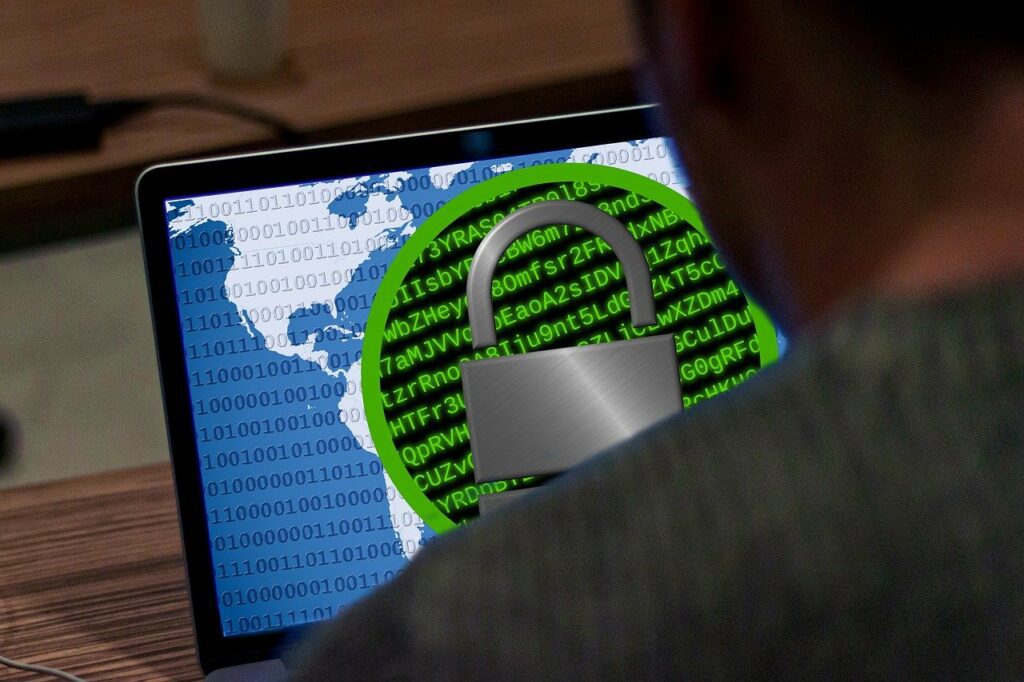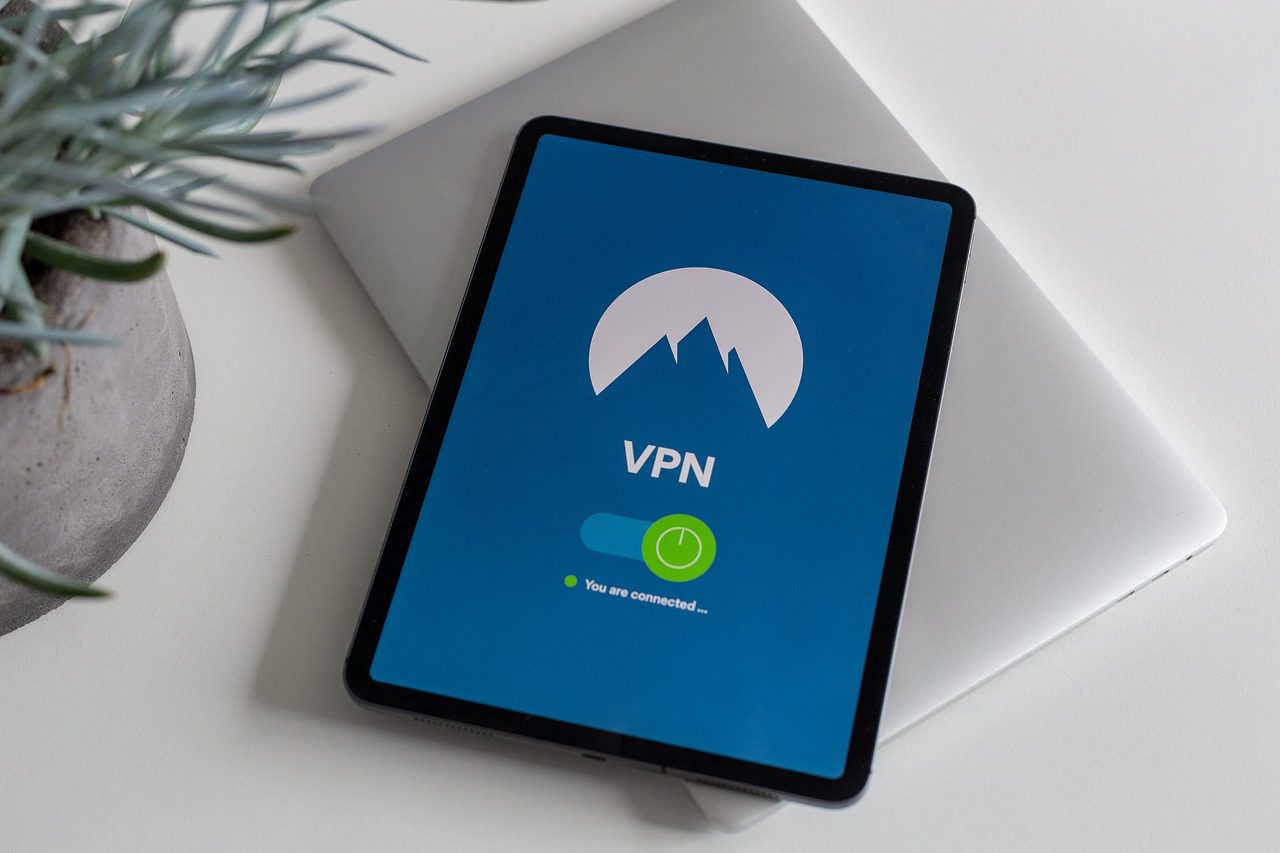Cybersecurity issues are a looming threat to businesses. Recent trends suggest that malicious attacks are on the rise, with more breached data threats since COVID-19 than we’ve previously seen before.
Whilst it may seem obvious to put precautions in place to reduce the risk of cybersecurity attacks, surprisingly most companies have unprotected data within their workplace. On top of this, small businesses and individuals who have built their own websites often have little to no idea of the types of security measures that should be put in place to protect their website and their customer’s data.
In order to successfully fight against cybersecurity attacks, businesses must be aware of the latest trends in order to inject cybersecurity best practices into their everyday lives, protecting them, their staff, and their customers.
1. Coronavirus Cyberattack Statistics
- Coronavirus has been blamed for the 238% rise in cybersecurity attacks on banks in 2020 (ZDNet)
- 80% of businesses have seen an increase in cyberattacks following Coronavirus (RiskIQ)
- 27% of all cybersecurity attacks are targeting banks or healthcare industries
- The average ransomware payment has risen by 33% compared to Q4 2019
- U.K. businesses saw a rise in attacks by 30% in Q1 2020 (Info Security)
- In March 2020, ransomware attacks increased by 148% (E&T)
- Cloud-based attacks have risen 600% since the end of February (RiskIQ)
- 5% of Coronavirus-related domains have been deemed suspicious (RiskIQ)
- Hacker website visits rose 66% in March 2020 (RiskIQ)
2. General Cybersecurity Statistics
- Human error accounts for 22% of cybersecurity attacks (Duo)
- 41% of customers said they wouldn’t buy from a business that was the victim of a ransomware attack (Metro)
- 94% of cyberattacks start with an email (CSO Online)
- 11% of online users have been a victim of data theft (Security Today)
- 72% of data breaches target large businesses (FM Magazine)
- 25% of cyberattacks involve phishing
- Organized crime gangs account for 55% of attacks
- 43% of data breaches are cloud-based web applications (Global News Wire)
3. Phishing and Email Attack Statistics
- 94% of malware in 2019 was delivered by email (Verizon)
- In 2018, phishing levels dropped from 1 in 2,995 emails in 2017 to 1 in 3,207 emails (Symantec)
- 48% of malicious email attachments are Microsoft Office files (Symantec)
- 56% of IT decision-makers say phishing attacks are their biggest security threat (CSO Online)
- 62% of businesses in 2018 experienced phishing attacks (Cybint Solutions)
- 32-33% of breaches included phishing (Verizon)
5. Privacy Statistics
- 21% of online users have been a victim of account hacking (Security Today)
- 61% of individuals who are active about their privacy are age 44 and under (CISCO)
- 79% of people say they are very or somewhat concerned about how companies use their private data (Pew Research Center)
- 12% of online users are a victim of stalking (Security Today)
- 81% of people say they feel like they don’t have any control of the data companies collect (Pew Research Center)
- 41% of children aged 8-17 have open public profiles (Security Today)
- 6% of online users have reported being a victim of online scams (Security Today)
- 72% of Americans feel that most of what they do online is being tracked (American Trends Panel)
6. Data Protection Statistics
- Less than 40% of countries have put in place legislation to secure the protection of data and privacy (UN)
- 59% of people say their organizations meet all GDPR requirements (CISCO)
- 47% of organizations have updated their website cookie policies (Techbeacon)
- 58% of European countries declared GDPR compliance as a top priority in comparison to the U.S. where just 11% selected it as number one (IAPP)
- 35% of U.S. businesses said they wouldn’t be CCPA compliant by January 1, 2020 (eMarketer)
- The biggest GDPR fine issued was to Google Inc. in France which was €50,000,000 (Privacy Affairs)
7. Cybersecurity Spending Statistics
- Security services are expected to account for 50% of cybersecurity budgets in 2020 (Gartner)
- The average cost of a data breach is $3.9 million (IBM)
- The average cost in time of a malware attack is 50 days (Accenture)
- By 2021 it’s estimated that damage relating to cybercrime will hit $6 trillion annually (Cybersecurity Ventures)
- 50% of businesses with 10,000 or more employees are spending at least $1 million annually on security (CISCO)
8. Malware Statistics
- 64% of organizations in 2018 experienced malware activity that spread from one employee to another, rising to 71% in 2019 (Mimecast)
- 63% of organizations in the UAE have suffered from a ransomware attack (Mimecast)
- 62% of cybersecurity professionals believe their organization’s cybersecurity team is understaffed (ISACA)
- Since 2007, the number of malware websites has declined, however, phishing websites are on the rise (Google)
- PayPal is one of the most commonly mimicked websites (Comparitech)
- In China, 3% of scanned websites host malware (Google)
- Malware variants are decreasing year-on-year (Sonic Wall)
- Around 4,800 websites were compromised due to form jacking code each month in 2018 (Symantec)
9. WordPress Security Plugins
Whilst these statistics are quite haunting, there are steps you can take to protect your website from potential security threats.
If you’re unsure whether you need a WordPress security question, it’s worth remembering that the average website gets attacked 44 times every day. Although not all of these attacks will be successful, if one slips through the net, your business could be in serious jeopardy.
Here are some of my favorite WordPress security plugins to protect your website, your business, and your customers:
10. Wordfence

Wordfence comes equipped with an endpoint firewall and malware scanner to protect WordPress websites. Endpoint firewalls provide better protection in comparison to cloud solutions, leveraging user identity in over 85% of firewall rules. In the last 30 days alone, Wordfence has blocked almost 4 billion attacks and 180,000+ malicious IPs have been blacklisted.
11. ManageWP

ManageWP helps to automate your workflow by adding websites, passwords, etc. from one easy-to-use dashboard. You can add unlimited websites and 1-click update plugins, themes, and WP core updates. ManageWP will notify you if any of your plugins are vulnerable so you can update or deactivate them where appropriate.
12. Defender Pro

Defender Pro performs regular security scans and vulnerability reports. It protects your website from hackers, brute force attacks, and malicious bots. You can try Defender Pro for free for 7 days and take your first steps to defend your WordPress website against cybersecurity attacks.
13. iThemes Security

iThemes Security offers over 30 ways in which you can protect your WordPress website from hacks and malicious attacks. iThemes has almost 1 million active installations, helping you to fix common problems and automated attacks through WordPress.
14. Jetpack

Jetpack is a must-have WordPress security plugin. It protects your website against brute force attacks, spam, and takes backups of your entire site. As well as offering protection against attacks, Jetpack comes loaded with performance-boosting tools to help your site run at the speed of light.
15. Change wp-admin login

The default login URL is /wp-admin which can easily be intercepted by hackers. Change wp-admin login changes the URL used to login to your WordPress website without altering or renaming files in the core directories.
The original article by David Morelo was published at webhostingprof.com
Featured Image Credits: Pixabay

You May Also Like:

You May Also Like:









